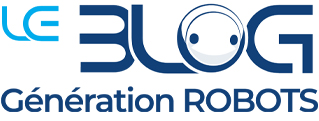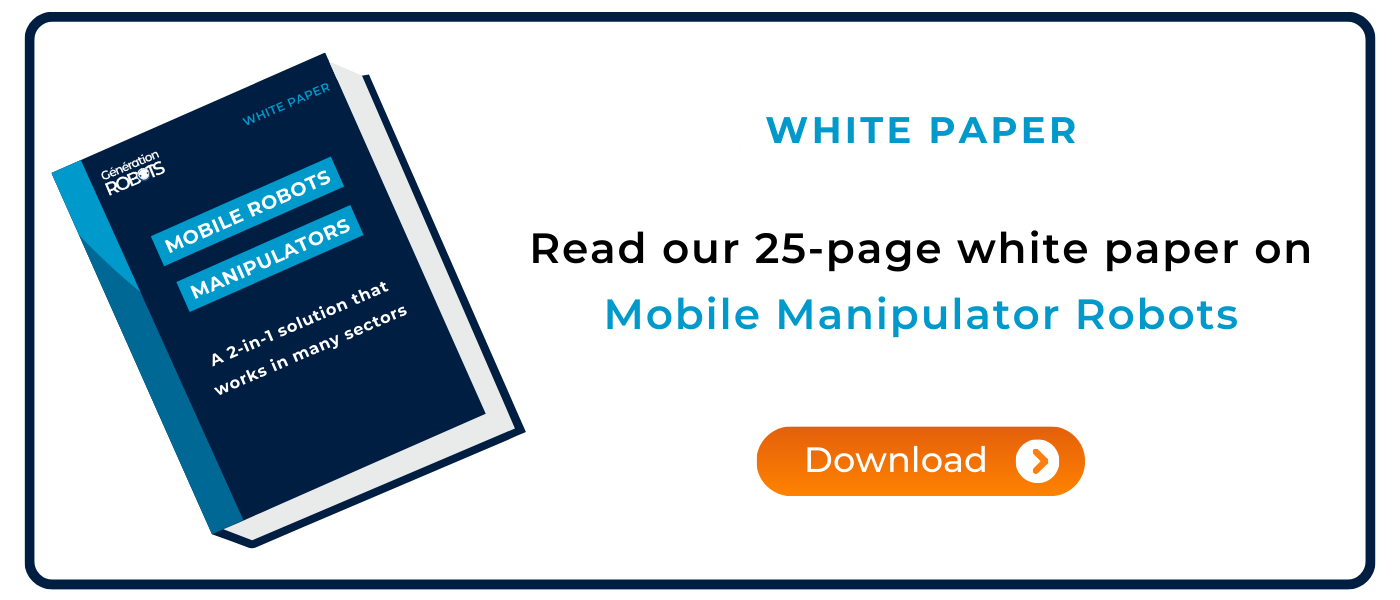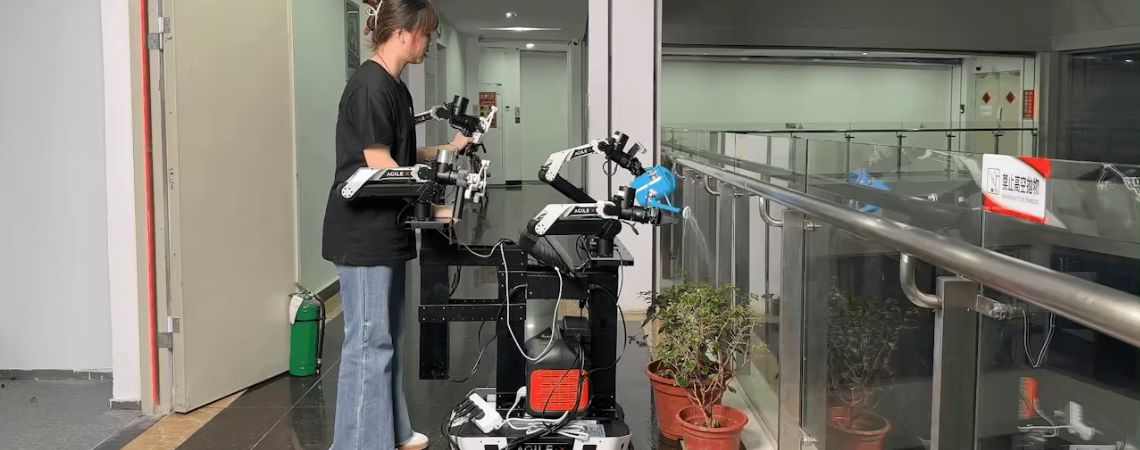
ALOHA mobile robotics: a step towards autonomous collaborative robots
Robotics is making great strides, and the Mobile ALOHA project, developed by researchers at Stanford University, is an excellent example. This robot combines mobility and bimanual manipulation to perform complex household tasks autonomously. With only 50 human demonstrations needed to learn each task, Mobile ALOHA achieves an impressive 90% success rate, opening up new prospects for collaborative robots.
A robot designed for mobility and versatility
Unlike many traditional robots that focus on stationary tasks, Mobile ALOHA stands out because it can navigate in dynamic environments while manipulating objects. Whether it is stir-frying prawns in a frying pan, putting away pots and pans or even interacting with a lift, this robot knows how to adapt just as it should!
Video credit: Stanford University
Composition of the robot
- A robust mobile base and robotic arms for smooth handling
- A teleoperation system that controls both the arms and the base
- A standard laptop for inference calculations
- A 1.26 kWh battery, which also acts as a counterweight to ensure stability
Innovation based on learning by imitation
Mobile ALOHA is based onlearning by imitation: it observes human demonstrations to reproduce actions precisely. This method enables it to excel at a variety of tasks, with an efficiency that inspires us to rethink collaboration between humans and robots.
Huge potential despite some limitations
Although the project is promising, the Stanford team points to a number of challenges:
- Robot size: with its dimensions of 90 x 135 cm, Mobile ALOHA may find it difficult to access certain restricted spaces.
- Dependence on learning by imitation: the robot cannot yet improve its skills completely autonomously.
The Stanford researchers are are already working on future improvements, in particular to reduce these limitations and incorporate continuous learning capabilities.
When Mobile ALOHA inspires the robotics industry
Mobile ALOHA’s innovations have already been adopted by robotics leaders such as AgileX Robotics and Trossen Robotics, which are incorporating these advances into their own solutions.
Cobot Magic from AgileX Robotics

The Aloha range from Trossen Robotics
Trossen Robotics offers a range of plug-and-play kits, including everything needed to get started in less than a day, enabling researchers and engineers to quickly develop their own AI models. These solutions come with preconfigured software and tutorials to make learning easier. Thanks to this all-in-one solution, Aloha has become the preferred choice of major institutions such as Stanford, Berkeley and many others.
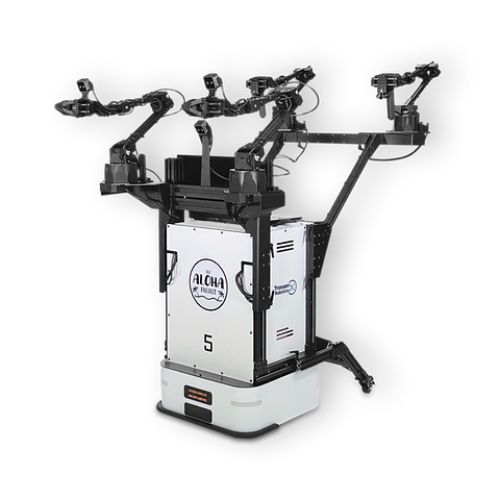
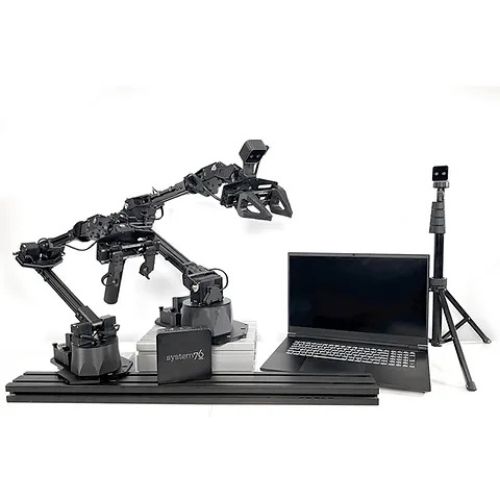
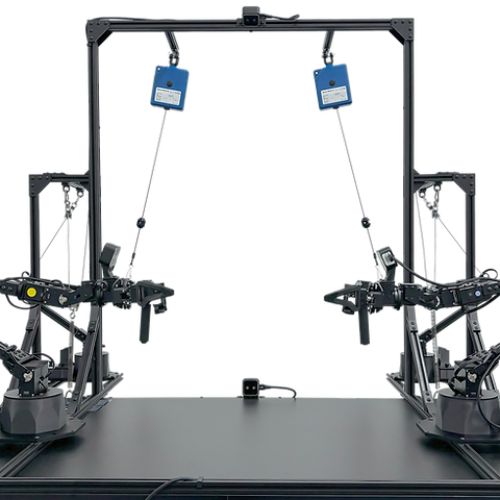
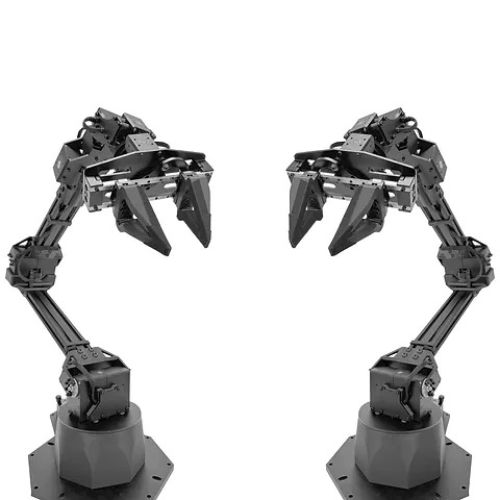
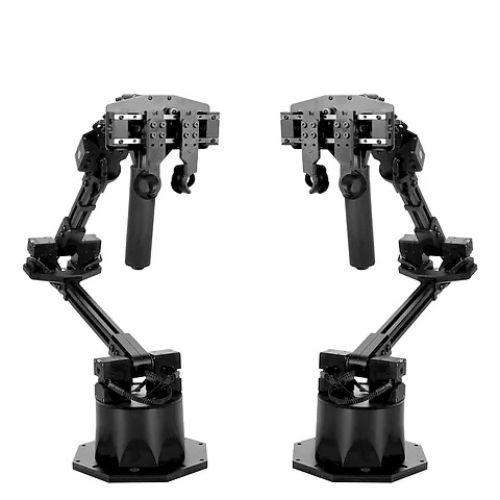
Towards a future in which humans and robots work together
The Mobile ALOHA project is more than a technological breakthrough: it represents a vision. By combining mobility, bimanual manipulation and intelligent learning, it paves the way for able to work effectively alongside humans in complex environments.
The resulting innovations, such as the Cobot Magic and the Aloha range, show how academic research can transform industry and our daily lives.
